
After the Royal Institute of British Architects (RIBA) International Prize 2018 shortlist was announced, its category award winners Children Village and the the team of Rosenbaum + Aleph Zero made headlines.
At its core, Children Village was built to create a space that allowed for the children of rural, Brazilian farm workers to attend school. Designed as a boarding school to house 540 children, the team at Rosenbaume + Aleph Zero made it a point to design the school with the community in mind. Their goal was to create not only a safe place for the students to learn and reside in, but to construct a place that could help improve their quality of life. Intention and community was a driving factor that allowed the project to transform into what it has become. Within Brazil, the rural landscape and indigenous roots were elements the architects wanted to keep and implement.

A push for collaborating with the local community, teachers, administration and the children is what helped spearhead the project's construction phase. After much research and immersion within the community, Rosenbaume + Aleph Zero used these elements to tackle how the building phase would benefit from adopting local constructive techniques. The use of local soil helped create adobe brick walls that run through out the school. The rich, earthy texture allows for both the interiority and exteriority of the space to perform well within Brazil's climate. The use of the soil's materiality helped connect the students with their homeland and their school.
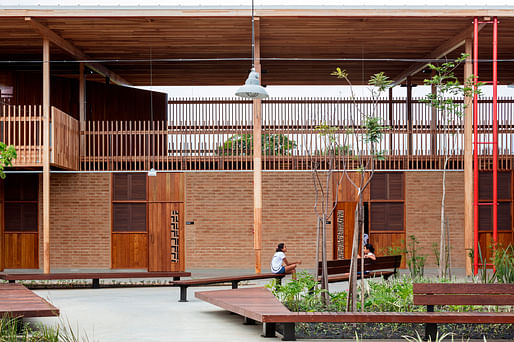
The adobe brick walls in both their perforated and solid form provided perfect thermal properties. The lightweight wooden structures are made out of glued laminated eucalyptus wood. Due to its sustainable characteristics and versatility as a material, this was the ideal choice for the school's skeletal makeup. The thin, white painted metallic roof not only creates shade and protection from rain, but its support provided by the 5,90m by 5,90m wooden grid structure helps establish a flow between indoor and outdoor spaces.
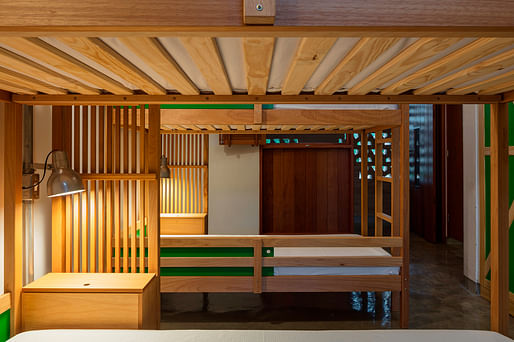
Functioning as a boarding school, the student living quarters was another feature that the architects wanted to enhance. Rather than living in large dormitory like spaces that delivered a plain and comfortless feel, units were built to house a smaller group of students to allow the foster a warm and inviting feel. Included with private washing areas, storage space, and bunk beds, the housing units allowed for students to shape a living space they could connect to. Each of the units were grouped into fives and unified by three, large, outdoor patios that created courtyards for gatherings and usable outdoor space. At the top of the sleeping units are areas for play and interaction. Activity rooms, reading areas, even a resting hammock space was implemented into the framework of the school allowing for young residents to feel comfortable and at home. Connecting to the students at a livable and educational level was the deliverable Rosenbaume + Aleph Zero wanted to foster.
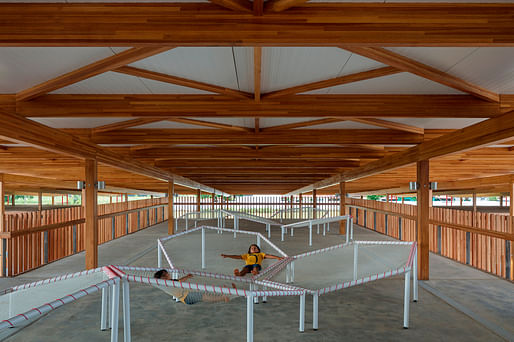
The school's building materials not only performed and succeeded through their technical attributes, but also accomplished a complimentary aesthetic that blends with the existing architecture. Through a mixture of sustainable practices, community inclusion, and a celebration of cultural heritage Children Village has provided a space for the young residents of Canuanã to value and thrive in.
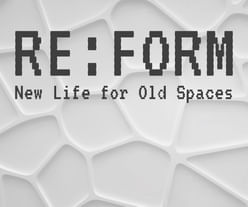
Re:Form – New Life for Old Spaces
Register by Wed, Jan 22, 2025
Submit by Tue, Sep 2, 2025

Kinderspace: Architecture for Children's Development #2
Register by Thu, Jan 16, 2025
Submit by Mon, Jun 16, 2025

The Last Nuclear Bomb Memorial / Edition #5
Register by Thu, Jan 16, 2025
Submit by Wed, Feb 19, 2025
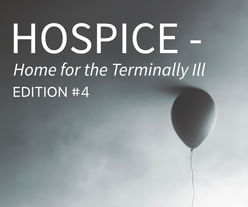
Hospice - Home for Terminally Ill #4
Register by Wed, Jan 15, 2025
Submit by Mon, Jun 16, 2025
No Comments